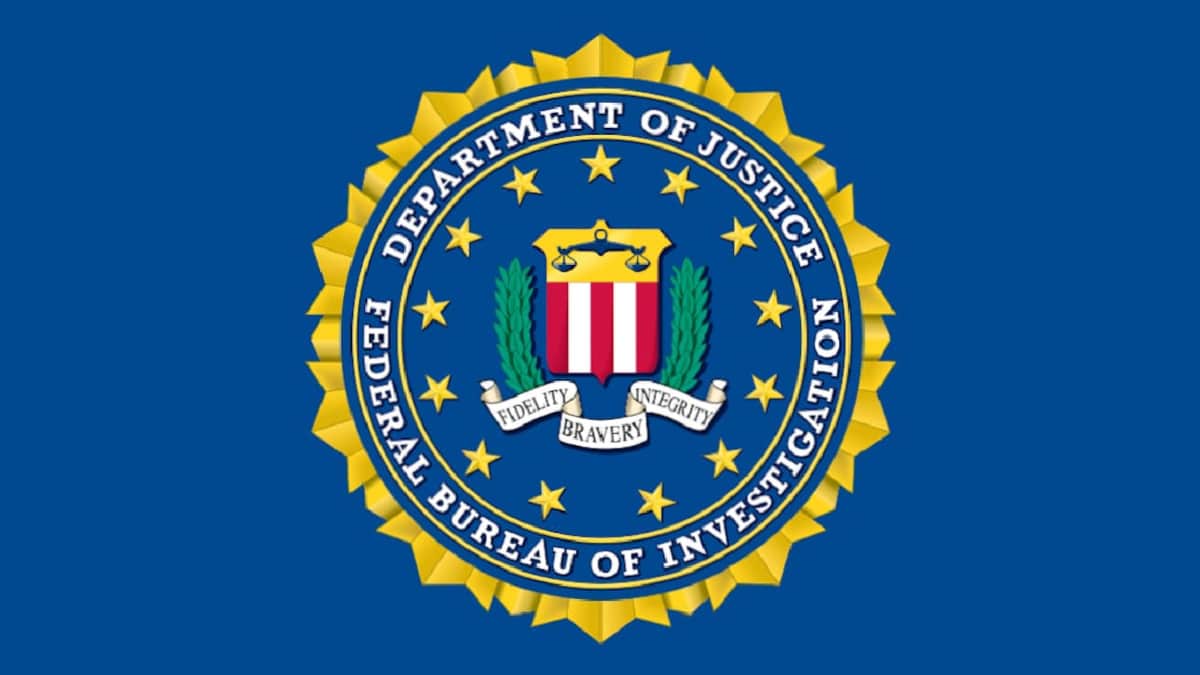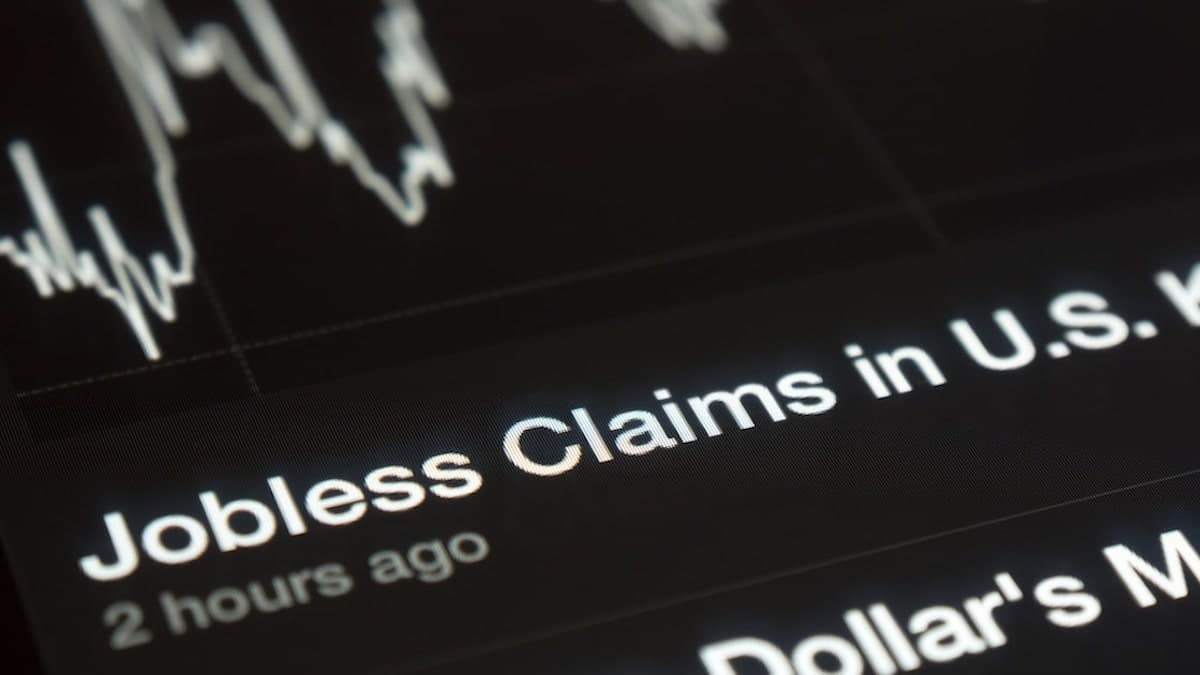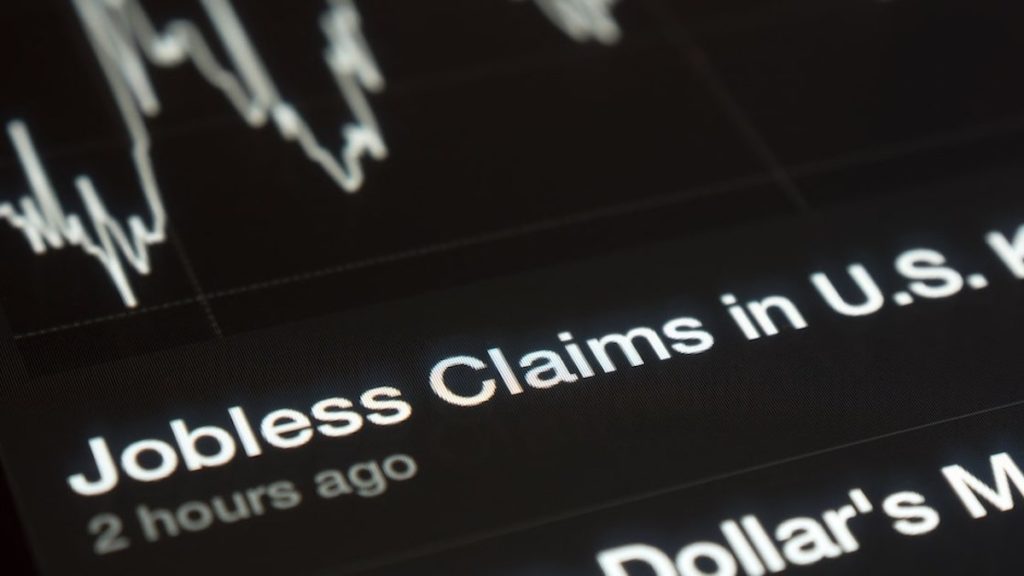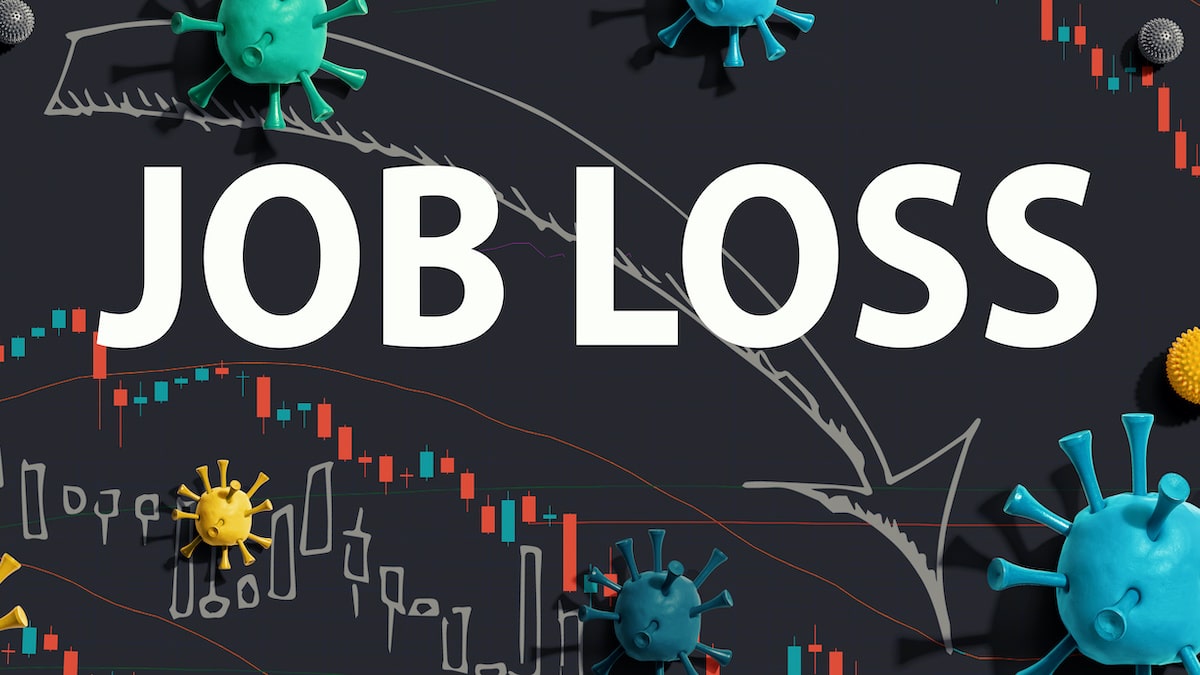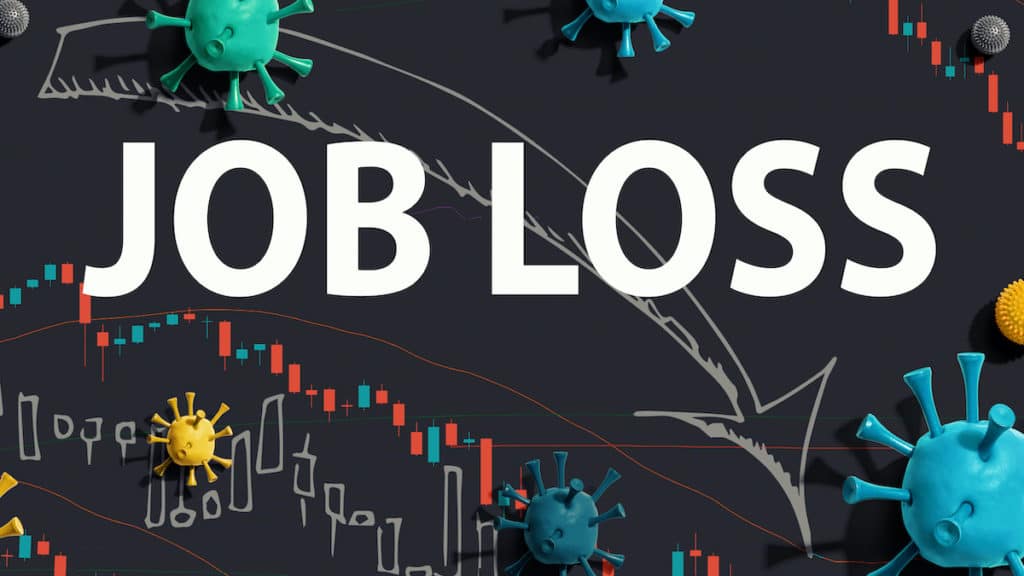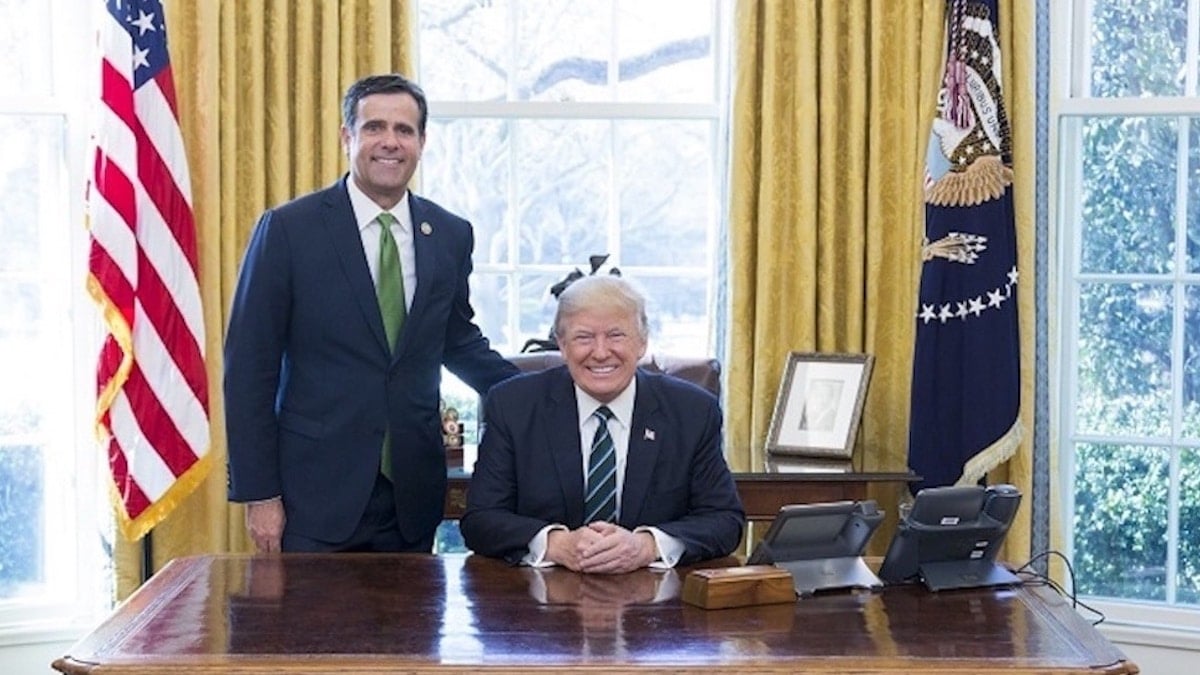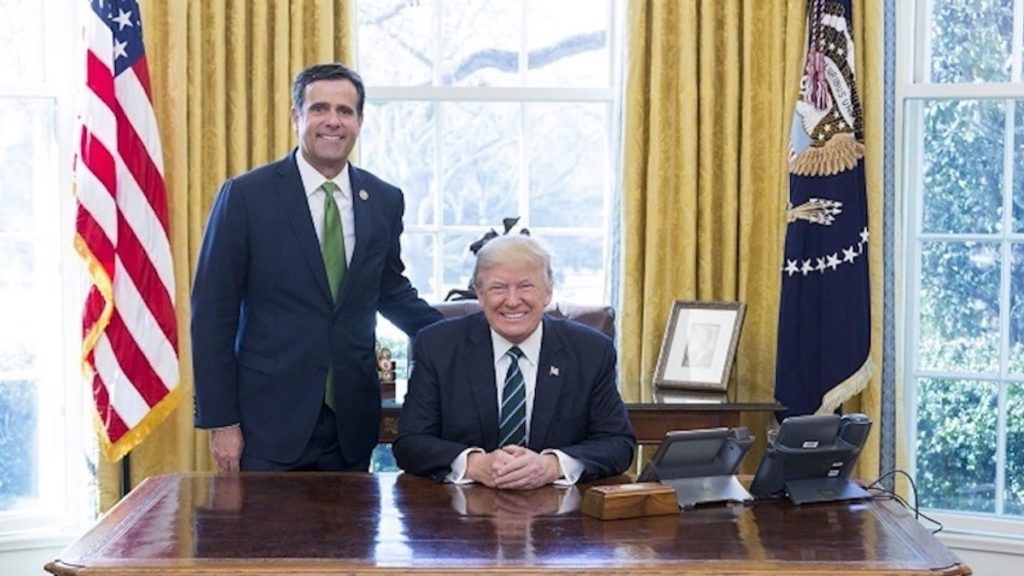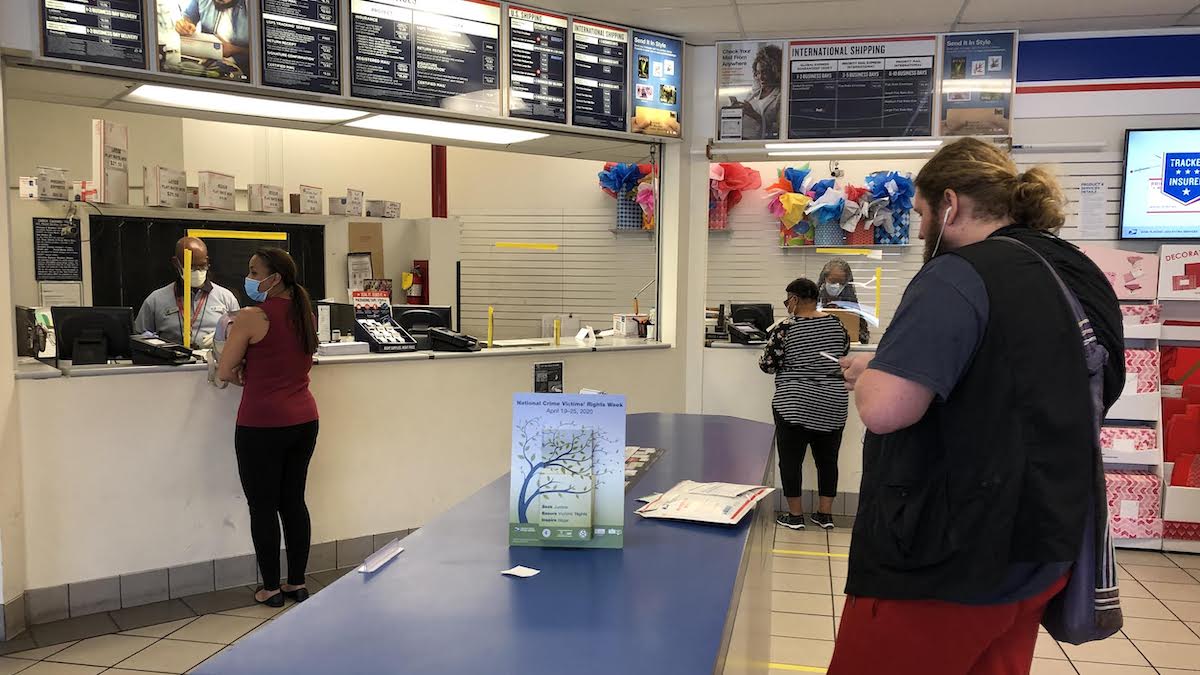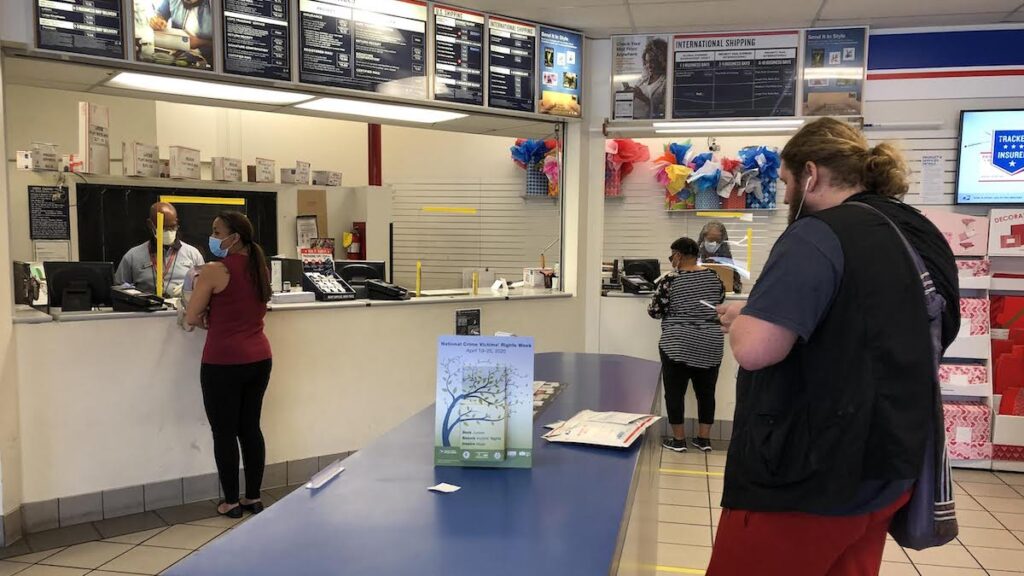Republicans Want James Comey Prosecuted, Nearly Half Believe Senior Officials Broke Law to Hurt Trump
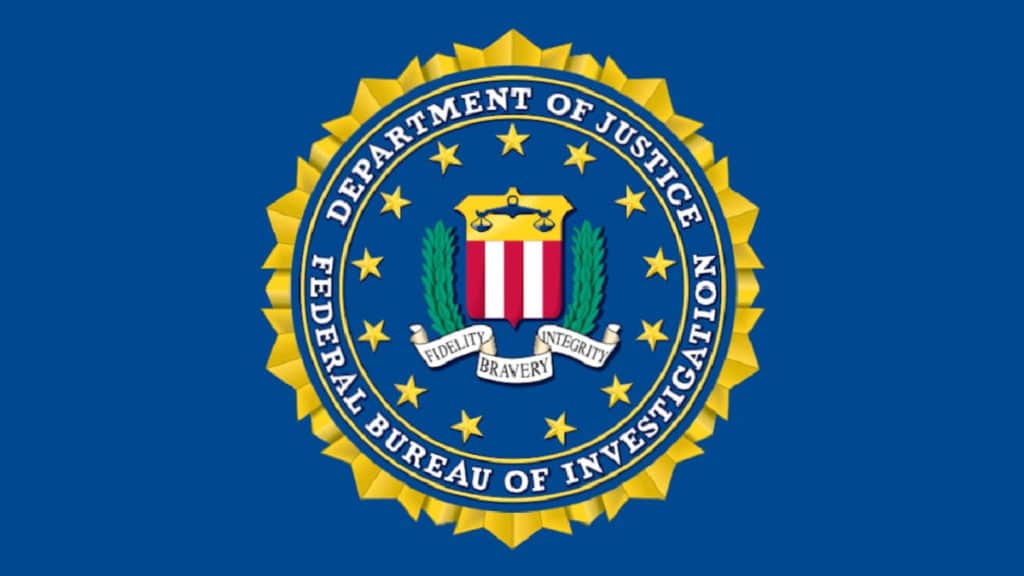
Asbury Park, N.J. (PPD) — Nearly half of likely voters believe senior federal law enforcement officials broke the law to prevent Donald Trump from winning the presidency. Moreover, a majority of Republicans would like to see James Comey prosecuted for it.
A Rasmussen Reports national phone and online survey finds 63% of Republicans believe the law was broken in a conspiracy against the president, to include 48% who say it’s very likely. The same is true of 39% of Democrats and 42% of voters not affiliated with either major party.
Overall, 48% of all voters believe senior federal law enforcement officials at FBI and the Justice Department broke the law. That compares to just 32% when the survey first asked the question two years ago, and down only slightly from 51% and 50% in June 2018 and February 2018, respectively.
The poll results come as newly unsealed documents and text messages provided the clearest and most damning evidence the Federal Bureau of Investigation setup former National Security Advisor Lt. General Michael Flynn.
Overall, voters are evenly split on whether the former fired FBI director should be criminally prosecuted. Nearly 4 in 10 (39%) voters say he should, though 40% disagree. However, significantly, one-fifth (20%) are undecided.
By party, 54% of Republicans believe Mr. Comey should be prosecuted juxtaposed to 31% of Democrats and 32% of voters not affiliated with either major party.
The survey of 1,000 Likely Voters was conducted May 4 – May 6, 2020 by Rasmussen Reports. The margin of sampling error is +/- 3 percentage points with a 95% level of confidence.
Nearly half of likely voters say senior
